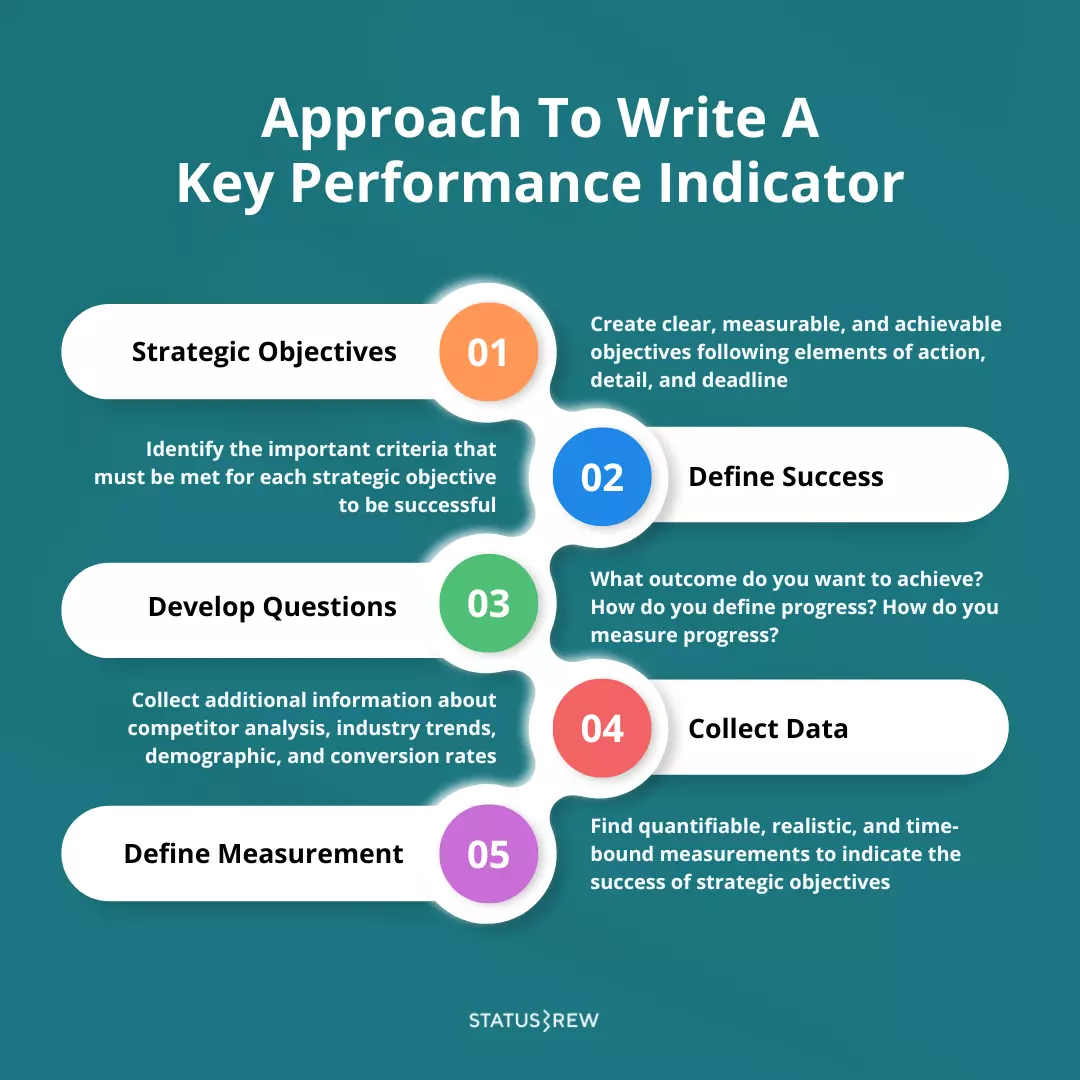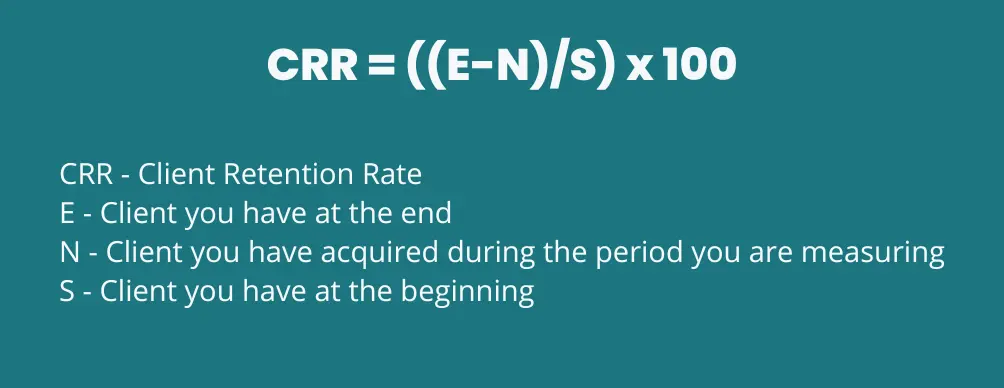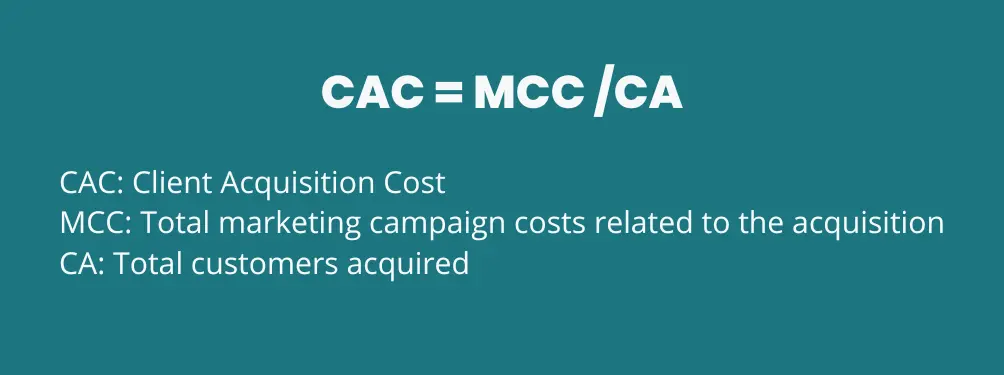In today's data-driven environment, you can identify which efforts are practical and which elements of your strategy need to be changed. With the information available today, you can estimate the return on your marketing expenditures. This marketing ROI calculation is now simplified math rather than a guessing game.
Agencies frequently measure the profitability of investment by assessing the marketing ROI. For each of your campaigns, you must establish certain key performance indicators (KPIs) in order to calculate your marketing return on investment. By measuring marketing ROI, you can better understand how your agency is performing and identify areas that could be improved to help you reach your objectives.
Calculating marketing ROI removes all uncertainty from future business decisions and is incredibly helpful for tracking progress over time. No matter the size or sector, any business may greatly benefit from knowing how to measure return on investment.
Here's an overview of the contents of this article:
- Why Is Measuring Marketing ROI Important For Businesses?
- Importance Of Marketing KPIs For Agencies
- 6 KPIs To Calculate Your Agency's Marketing ROI
- Ready To Calculate Your Marketing ROI?
- Frequently Asked Questions
You can directly jump to a section of your choice or keep scrolling.
Why Is Measuring Marketing ROI Important For Businesses?
In this digital world, everything is measurable. The Return On Investment, or ROI, is your agency's achievement from all marketing initiatives. The marketing ROI goal is to evaluate if you have made more than what you have invested in the marketing campaign. It pertains to the growth in revenue and profit from all your marketing platforms.
Monitoring your marketing ROI enables you to identify the approaches producing results. With this knowledge, you can allocate your marketing budget more wisely, reinvesting in the initiatives that are paying off while cutting down on the ones that aren't. Some of the major reasons to measure marketing ROIs are the following:
- Helps in making more strategic decisions
- Helps in data-driven decision making
- Streamlines your marketing strategy
- Creates a future-focused team
- Gets everyone behind the same goal
- Improves forecasting accuracy
Importance Of Marketing KPIs For Agencies

KPIs are metrics that track performance toward a particular objective. This may mean:
- Increasing Conversion Rate
- Decreasing Cost Per Acquisition
- Generating leads for your agency
Though marketing KPIs are not always linked to particular campaigns, they provide an unbiased assessment of the campaign's effectiveness.
The entire process of creating, implementing, and evaluating your marketing initiatives can be made more evident with marketing KPIs. This is because to use KPIs, you must first define the following:
- What are your actual campaign objectives?
- How are you planning to evaluate the objectives?
- How exactly do you intend to accomplish the goals?
- Which metrics are appropriate for this project analysis?
Top 6 KPIs To Calculate Your Agency's Marketing ROI
KPIs play a significant role in the analysis of your marketing strategies. You can determine which objectives you achieved, accomplished, and fell short of using KPIs. KPIs can assist with improved team coordination. As a result, tracking your marketing KPIs can enable you to identify the issue.
Client Retention Rate
Client Retention Rate is the most important KPI for a social media agency. It is calculated using the following formula:

It is significant as it is typically less expensive to keep an existing client than to find a new one. A poor retention rate indicates that your agency's services are not up to the standards set by your clients. Examine ways to foster client loyalty and create initiatives that will encourage prospects to use your services well into the future to raise this rate.
Client Acquisition Cost
Your Client Acquisition Cost is significant since it represents the amount spent by your agency in acquiring a single new client. Analyzing your marketing return on investment requires an understanding of your CAC.

Ideally, you should seek to increase your clientele in the most economical way possible. A lower CAC is preferable because it indicates that you are more effective at attracting new customers, so your agency can generate more significant revenues. By developing more effective marketing tactics and cutting back on pointless marketing expenditures, you can lower your CAC.
Website Engagement
Identification and accurate measurement of website interactions are vital. Various online tools are available to help you with this, but you can easily track using Google Analytics on your web platform and set up a tracking ID on your website.
You can also set it up to a page that would link to the advertising and marketing campaign you are currently running. This enables you to track the metrics from the point of click. With this crucial information, you can use it to enhance the user experience for your website. Not to mention, you can also check the effectiveness of your advertisement.
Total Visitors: The total volume of people who visit your website
Comparing the percentage of new visitors to that of old visitors is essential, especially when determining whether a specific advertisement or marketing effort is creating new prospects. It helps you determine whether the information you are presenting is also relevant.
Time Spent On-Site: Ideal tool for optimizing and discovering problems with the user experience is determining the time spent on a web page. Suppose a lot of traffic is flowing in but spending minimal time. In that case, you can try to redesign the advertisement and target a different demographic or geo-targeted area.
Bounce Rate: Closely related to time spent on the website, your bounce rate is the percentage of visitors who came to one page of your website and then left without taking any other action or clicking through to other internal sites. It's an effective indicator for determining the relevance and quality of your website traffic. Generally, a bounce rate of less than 35% is favorable, whereas a bounce rate of more than 50% is concerning.
Landing Page Conversion Rates
Landing pages are distinct from your usual website pages and essential to any digital marketing campaign. People are curious when they click through an email, social media post, or advertisement. That must match the landing page they initially see to significantly raise conversion rates and improve every indicator, including bounce rates.
Traffic Sources
Knowing your traffic source is just as vital as the metrics volume. This is important for maximizing any digital campaign for the best quality lead, and CPA ( Cost Per Acquisition) returns. Investing more in a channel might be worthwhile if one area performs better than another (with a lower Cost Per Lead).
On the other hand, if a CPL from a traffic source is significantly too high, this may signal that the campaign needs to be improved or that resources should be removed entirely from that channel. However, a successful digital campaign almost always involves a combination of cross-channel strategies that work together to meet a shared KPI objective.
Organic Visitors: Visitors who find your agency's website by a keyword through search engines like Google, Bing, or Yahoo are considered organic visitors.
Direct visitors: Visitors are those who access your website directly by entering the URL into their browser.
Referral Visitors: Visitors who find your website by clicking on a link on another website are referred visitors.
Social Visitors: Traffic generated by social media sites such as Facebook, LinkedIn, Instagram, Twitter, etc., are considered social visitors.
Client Life Time Value
Client’s lifetime value examines the typical value a client will spend on your services throughout their contract with you. There are other methods for figuring out your Customer's lifetime value, but this formula is a straightforward approach to do so.

Because it typically costs less to maintain a client than to acquire a new one, your Client LTV is a crucial metric. So, one excellent strategy to expand your agency is to raise the LTV of your current clients. Finding solutions to improve client loyalty and retention can be easier with understanding this value.
Social Media Interactions
Your agency's social profiles should stay up to the standard. For determining the effectiveness of content marketing, social engagement is crucial. People typically share your information on social media if they think it is beneficial.
Because recommendations and other forms of social proof may play a significant role in credibility, monitoring social media engagement and referral traffic is also very important. And guess where your prospective clients are gathered? - on social networking platforms, including Twitter, Facebook, Snapchat, and Instagram.
The digital marketing lead generation area has experienced the highest growth over the past several years and is showing no signs of slowing down. It can perform equally well to the traditional search engine PPC and banner advertising, which are great for promoting community participation.
Track Your Social Engagement
Social insights make it simple for your agency to monitor your development and determine what is and isn't working. In the insights overview, you can view your reach (the total number of accounts it reached), engagement (the total number of interactions it received), and new follower growth.
Obtain detailed information about user interactions, demographics, and impressions produced by your social media campaign.

With Statusbrew, you can increase your advertising ROI. Request a free demo on Statusbrew or begin your trial today. ?
Ready To Calculate Your Marketing ROI?
Many KPI measures are accessible, but you should always pick the ones most pertinent to your specific context and agency.
KPIs insights track performance throughout a campaign, not just at the end. They can proactively assist agencies in forecasting upcoming campaigns' success. Leading indications can help you change the outcome of your campaign before it is completed.
Utilizing a leading indicator, you may assess a customer's level of brand engagement while your campaign is still running. Let's assume that users are inactive and that visitors aren't staying on the website for very long. You can enhance the website to maintain visitors' attention and engagement.
Maximize the reach of your marketing initiatives and increase ROI by keeping an eye on all the crucial metrics, such as lead generation, engagement, and website traffic, with Statusbrew. Book a FREE demo now! ?
Frequently Asked Questions
How to Measure Social Media ROI?
To measure the social media ROI in terms of dollar value, use this formula.
Social Media ROI = (Return - Investment) / Investment
To measure social media ROI in percentage, use the below formula.
Social Media ROI % = Profit / Investment x 100
Profit: Money you made through your social marketing campaign
Investment: Overall monetary value of the campaign
What is social media ROI?
The value of your social media efforts divided by the investment made is your social media return on investment. The following equation is used to determine social media ROI:
Social Media ROI = (Return – Investment made) / Investment made X 100
What is a good social media ROI for your business?
There is no single number that can be used to measure any company's success when it comes to defining an ideal social media ROI. Instead, you should decide what a good value for your particular company is.
Example: Value / Investment (people hours, advertising budget, etc.) X 100 = Return on Investment for social media (as a percentage)
Value is determined by the goals of your company, such as brand recognition, income, customer satisfaction, etc.
How to increase marketing ROI?
You can increase your marketing ROI by using the four-step cycle:
- Plan
- Do
- Check
- Act
It helps you to identify and resolve the problems and to increase your marketing ROIs.




Explore the Statusbrew range of social media tools
Cancel anytime!